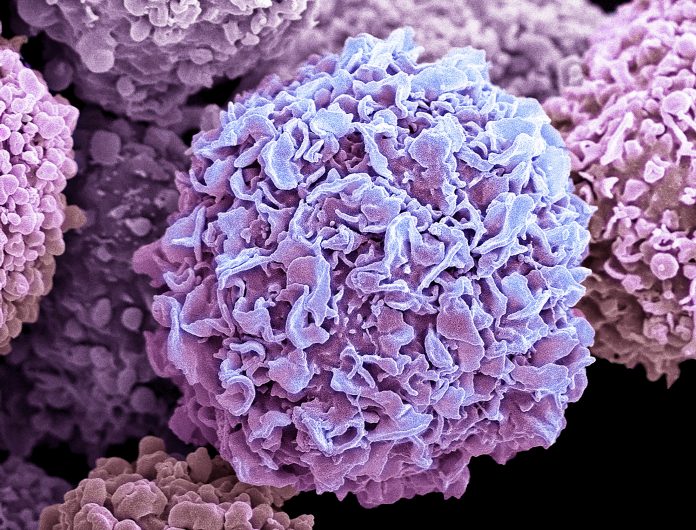
Researchers from the Wellcome Sanger Institute and their collaborators investigated RAD51C and uncovered over 3,000 harmful genetic changes that could potentially disrupt its function and increase cancer risk in breast and ovarian cancer.
The findings are published in the journal Cell and paves the way for better risk assessment and more personalized care.
By mapping the protein structure, the team also identified crucial surface areas of RAD51C essential for its DNA repair function.
The study also revealed the existence of “hypomorphic alleles”—a type of variant that reduces the RAD51C gene’s function without completely disabling it. These appear to be more common than previously thought and may significantly contribute to breast and ovarian cancer risk.
Rebeca Olvera-León, first author of the study at the Wellcome Sanger Institute, said: “This research demonstrates that genetic risk for breast and ovarian cancer isn’t a simple yes-or-no scenario, but exists on a spectrum based on how genetic changes affect protein function. With a more comprehensive understanding of how RAD51C genetic variants contribute to cancer risk, this opens up new possibilities for more accurate risk prediction, prevention strategies, and potentially targeted therapies.”
“This work demonstrates the power of analyzing genetic variants on a large scale within their genomic context,” explained Andrew Waters, PhD, co-senior author of the study at the Wellcome Sanger Institute. Waters added: “Not only can we understand how cancer-related DNA changes affect patients, helping with clinical decisions, but we can also explore how these variants impact the gene’s function at a detailed molecular level. This provides important insights into how proteins work and how genes evolve over time.”
The researchers believe the strong connection between harmful variants and cancer in large studies suggests that this approach to variant classification could be a valuable tool in personalized medicine and cancer prevention. They aim to extend this technique to many other genes, with the goal of covering the entire human genome in the next decade through the Atlas of Variant Effects.
Clare Turnbull, PhD, clinical lead of the study, professor of translational cancer genetics at the Institute of Cancer Research, London, and consultant in clinical cancer genetics at the Royal Marsden NHS Foundation, said: “These new data will be highly useful for diagnostic laboratories to better understand the RAD51C gene changes that we identify on clinical genetic testing in cancer patients and their family members. The assay data will help us to conclude which gene changes are harmful and which are innocent. This aids our decision making regarding which patients might benefit from the offer of extra breast cancer screening and preventive surgery of the ovaries.”





